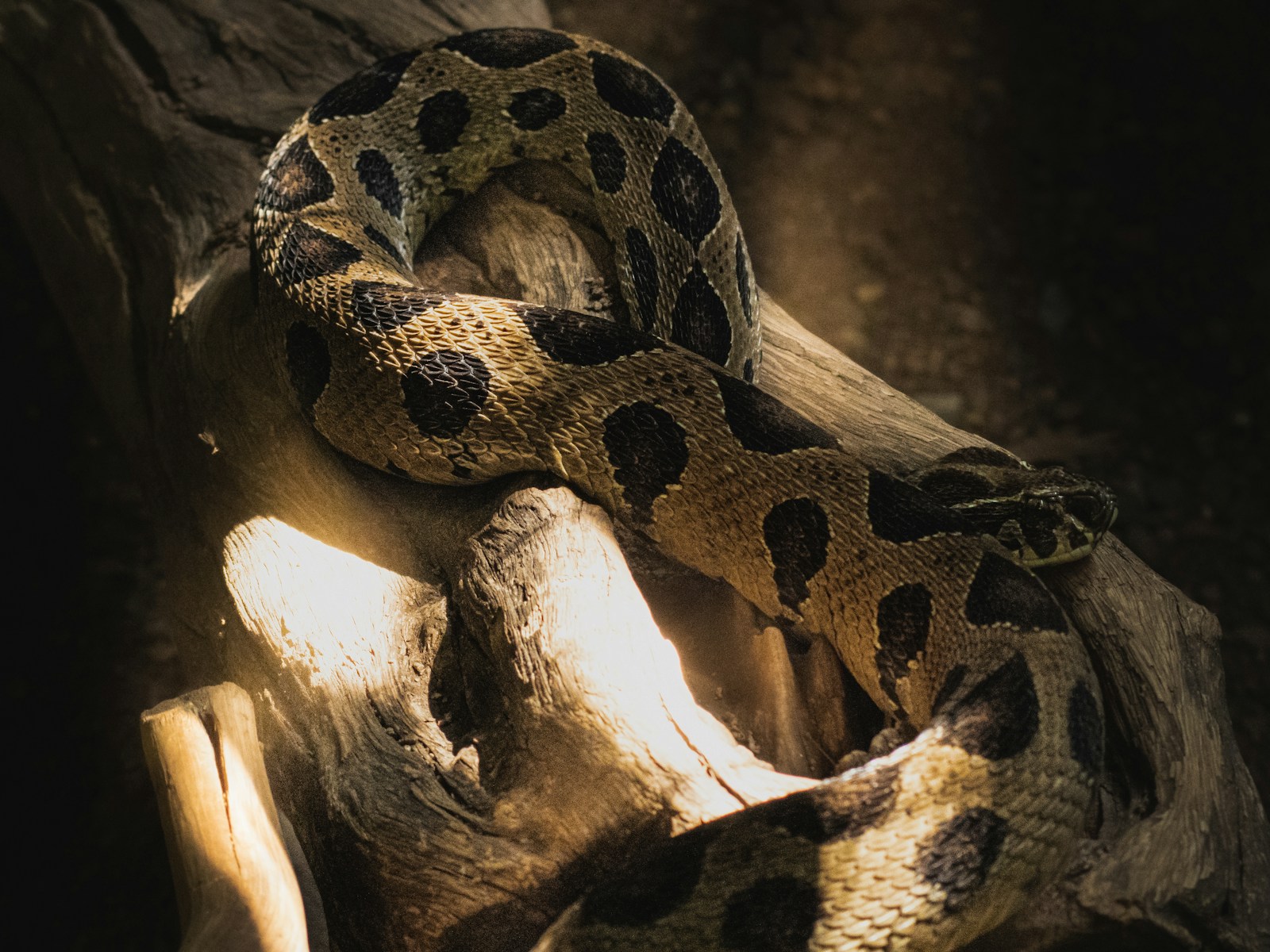Snakes, as ectothermic reptiles, represent one of nature’s most fascinating examples of temperature-dependent behavior. Unlike mammals and birds that maintain constant internal temperatures, snakes rely on external heat sources to regulate their body temperature, a characteristic that fundamentally shapes every aspect of their existence. This thermal dependence creates a complex relationship between snakes and their environment, influencing not just when they move, but how they move, where they go, and what activities they pursue. From the deserts of Arizona to the rainforests of Brazil, snakes have evolved sophisticated strategies to manage their body temperature, allowing them to thrive across diverse habitats worldwide. Understanding how these remarkable creatures use thermal regulation to plan their movements reveals not just the ingenuity of snake biology, but also provides insights into the delicate balance between animal behavior and environmental conditions.
The Fundamentals of Snake Thermoregulation
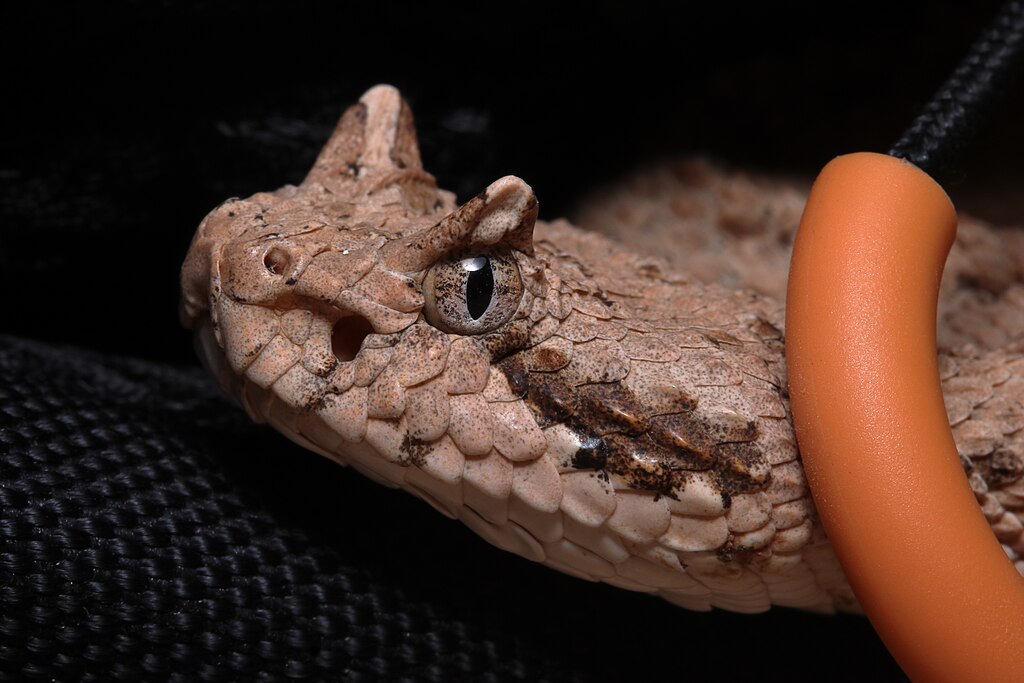
Unlike mammals, snakes are ectothermic animals, meaning they cannot generate their own body heat through metabolic processes and instead rely on external sources to regulate their temperature. This fundamental biological characteristic shapes virtually every aspect of snake behavior, from feeding patterns to reproductive cycles. A snake’s body temperature typically mirrors its surroundings, rising and falling with environmental conditions rather than maintaining a stable internal temperature. This thermal dependence creates a perpetual challenge for snakes, requiring them to continually adjust their position and timing of activities to maintain optimal body temperatures. The process of thermoregulation governs a snake’s daily rhythm, seasonal activities, and critically, how and when it chooses to move through its habitat.
The Preferred Optimal Temperature Zone
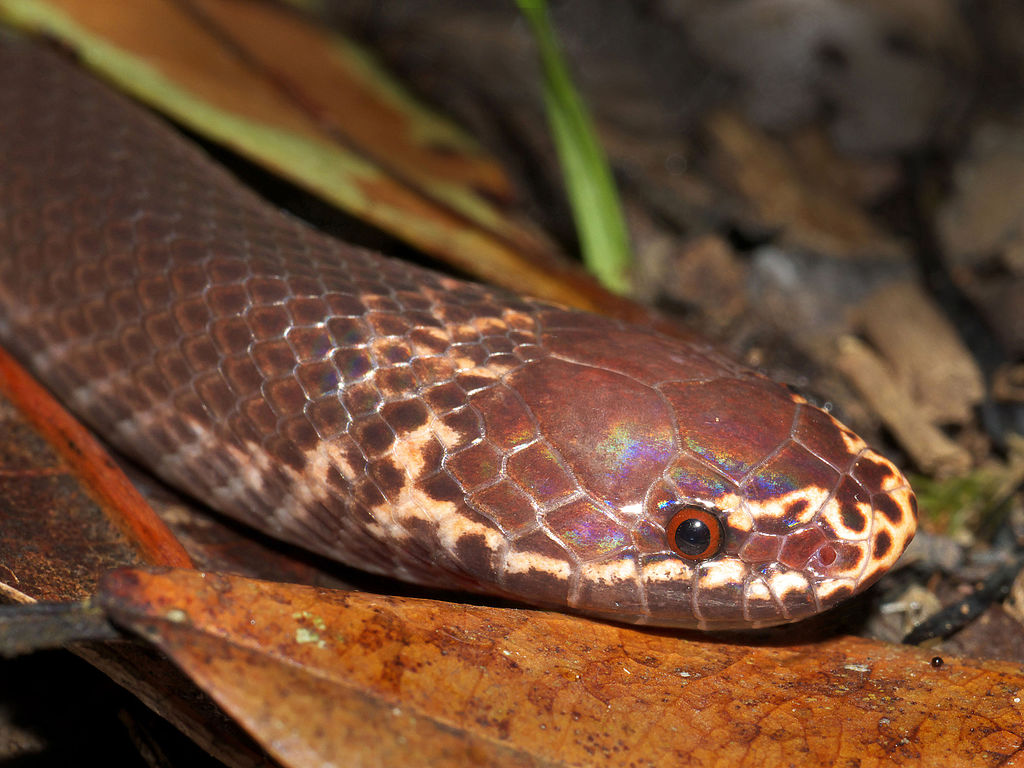
Every snake species has evolved a specific preferred temperature range—often called the optimal temperature zone—where physiological processes function most efficiently. This temperature sweet spot, which varies widely across species depending on their native habitat, represents the ideal conditions for digestion, immune function, reproductive processes, and neurological activity. Desert-dwelling rattlesnakes, for example, typically prefer higher body temperatures between 86°F and 89°F (30-32°C), while many temperate forest snakes function best at slightly lower temperatures. Maintaining body temperature within this optimal zone is crucial, as even small deviations can significantly impair a snake’s ability to hunt, flee from predators, or digest food. Research has shown that snakes will go to extraordinary lengths, including risking exposure to predators, to achieve and maintain temperatures within their preferred zone.
Morning Emergence and Basking Behavior
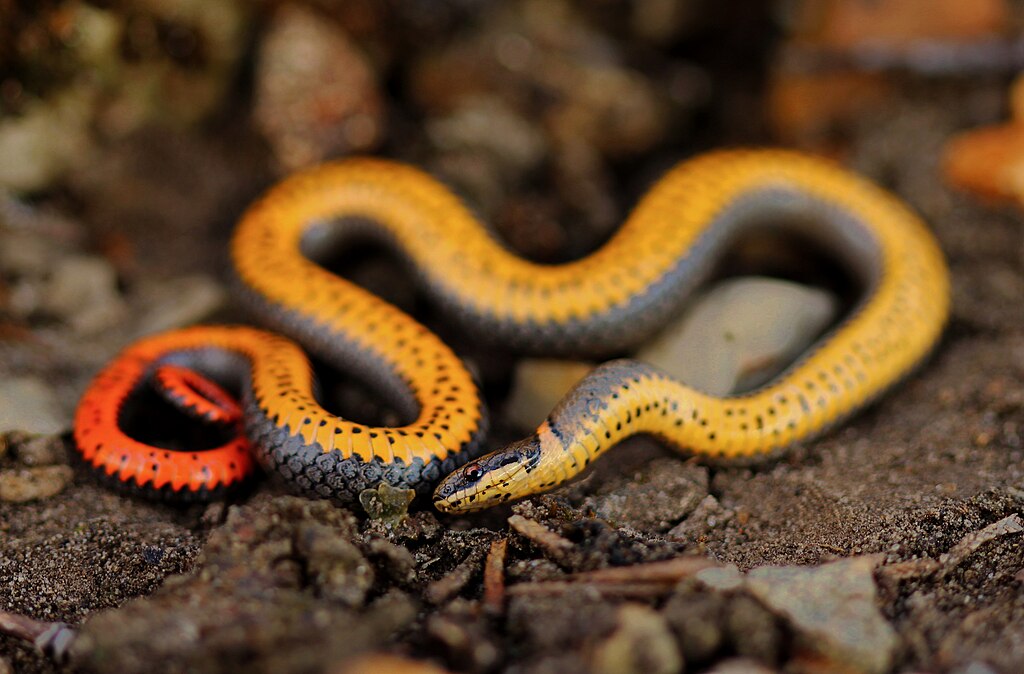
The early morning hours represent a critical time for snake activity as they emerge from cooler overnight refuges to begin the daily process of warming their bodies. Many snake species engage in a behavior called heliothermy—directly basking in sunlight to rapidly increase their body temperature to functional levels. This basking behavior isn’t random; snakes carefully select locations that maximize heat absorption while minimizing exposure to predators, often choosing flat rocks, open clearings, or sun-dappled forest edges. The timing of emergence is precisely calculated based on ambient temperatures, with snakes in cooler regions waiting until the sun has sufficient strength to warm their chosen basking sites. Some species, particularly those in northern climates, may spend several hours each morning in this warming phase before they’re physiologically capable of efficient movement and hunting.
Shuttling Behavior for Temperature Control
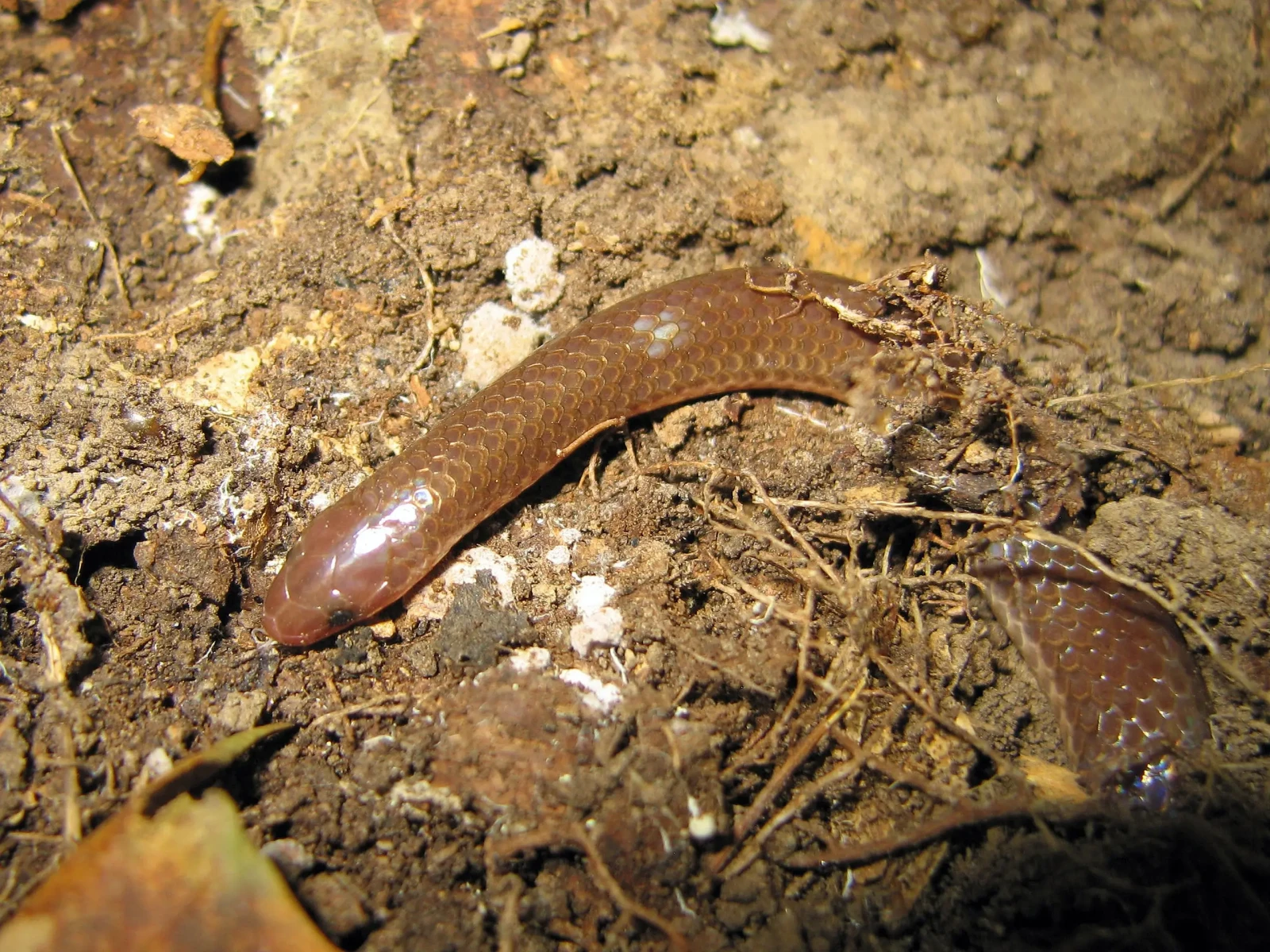
One of the most fascinating aspects of snake thermoregulation is a behavior known as shuttling, where snakes move back and forth between sun and shade to maintain optimal body temperature. This deliberate movement pattern allows snakes to fine-tune their internal temperature with remarkable precision, moving to sunny spots when they need warming and retreating to cooler areas when they risk overheating. Studies tracking individual snakes have recorded dozens of these temperature-regulating movements throughout a single day, with the frequency increasing during particularly variable weather conditions. Shuttling behavior requires sophisticated sensory abilities, allowing snakes to detect temperature gradients across their environment and make decisions about movement accordingly. This careful management of body temperature through strategic movement represents one of the most energy-efficient adaptations in the reptile world, enabling snakes to maintain optimal functioning with minimal metabolic cost.
Seasonal Migration Patterns
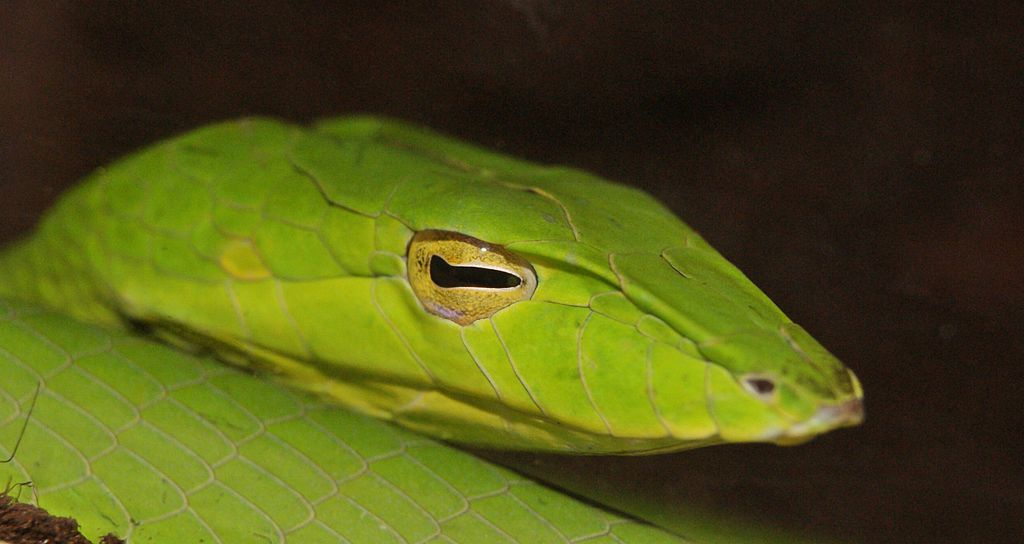
Beyond daily movements, snakes undertake seasonal migrations specifically timed to accommodate their thermal needs across changing climate conditions. These longer-distance movements often involve traveling between summer hunting grounds and winter hibernation or brumation sites, with timing precisely calculated based on temperature cues. In temperate regions, falling autumn temperatures trigger migration to hibernacula—communal denning sites that provide stable, above-freezing temperatures during winter months. Research tracking rattlesnakes in North America has documented remarkable fidelity to these migration routes, with individuals traveling several miles along the same pathways year after year. The initiation of spring emergence is similarly temperature-dependent, with snakes remaining in their winter refuges until ambient temperatures reliably support active behavior. These seasonal movements represent critical adaptations that allow snakes to survive in regions with pronounced temperature fluctuations throughout the year.
Hunting Strategy Adaptations
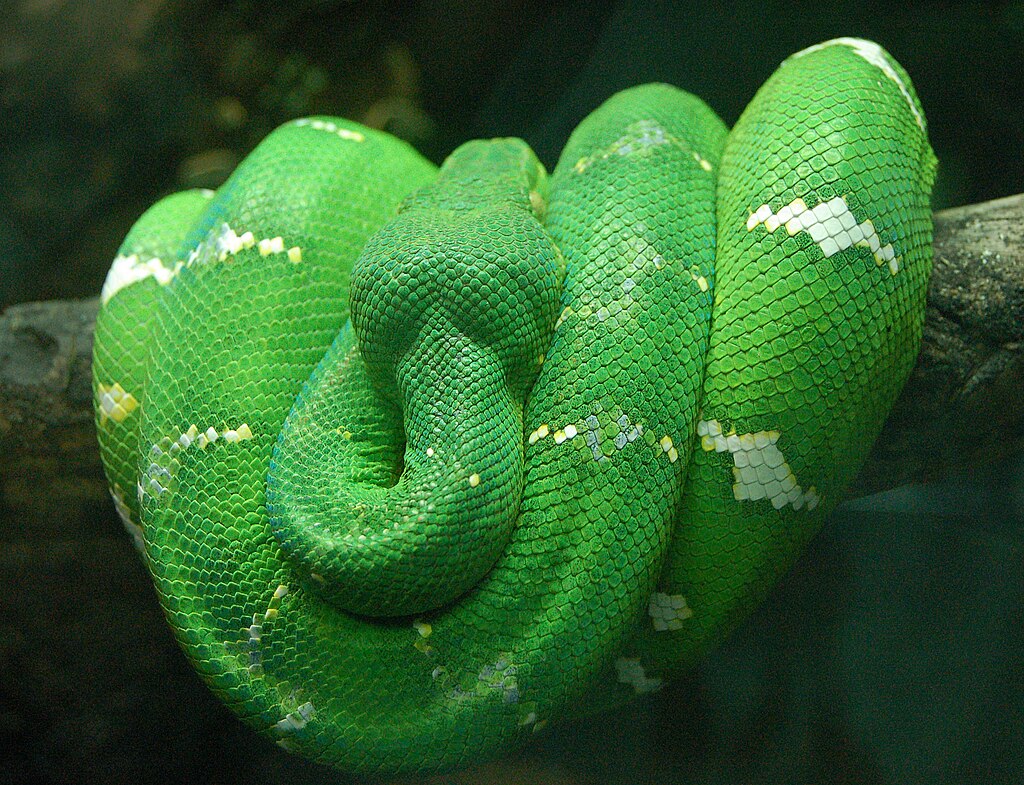
A snake’s body temperature dramatically influences its hunting capabilities, creating a direct link between thermoregulation and predatory behavior. When operating within their optimal temperature range, snakes experience enhanced muscular performance, sensory acuity, and strike speed—critical advantages when hunting prey. Many species time their hunting activities to coincide with periods when they’ve achieved ideal body temperatures, which explains why snake encounters often occur during specific time windows throughout the day. Pit vipers demonstrate this relationship particularly clearly, as their heat-sensing pit organs function most effectively within narrow temperature ranges, directly tying hunting success to proper thermoregulation. Some snake species have even evolved specialized hunting strategies that minimize movement during suboptimal temperatures, such as ambush predation, which allows them to conserve energy while waiting for prey to approach.
Microhabitat Selection for Temperature Management

Snakes demonstrate remarkable sophistication in choosing microhabitats that provide ideal thermal conditions for their current needs. These specialized environmental pockets—which might include sun-warmed rocks, cool burrows, or humidity-retaining leaf litter—offer predictable temperature profiles that snakes can exploit throughout the day. Research has shown that snakes develop detailed mental maps of these thermal resources within their territories, often returning to the same specific locations day after day based on temperature conditions. In desert environments, where thermal extremes pose serious risks, snakes may cycle through several different microhabitats throughout a single day, moving from morning basking sites to midday refuges and evening hunting grounds. This selective use of microhabitats represents a critical behavioral adaptation that allows snakes to survive in environments where surface temperatures can fluctuate by more than 50°F (28°C) within a 24-hour period.
Temperature-Dependent Digestive Movements

Digestion in snakes is an intensely temperature-dependent process that directly influences movement patterns after feeding. Unlike mammals, snakes experience a dramatic increase in metabolic rate after consuming prey—a phenomenon called specific dynamic action—which can elevate their temperature requirements by several degrees. This digestive demand creates a specific movement pattern where recently-fed snakes will seek out and remain in warmer microhabitats until digestion is complete, which may take several days for large meals. Research tracking post-feeding movements in pythons and boas has documented this targeted thermophilic behavior, with individuals sometimes traveling significant distances to reach suitable warming locations. The relationship between digestion and temperature is so critical that snakes unable to maintain appropriate body temperature may regurgitate their meals rather than risk decomposition in their digestive tract, demonstrating how thermoregulation fundamentally shapes movement decisions even after successful hunting.
Reproductive Movements and Temperature
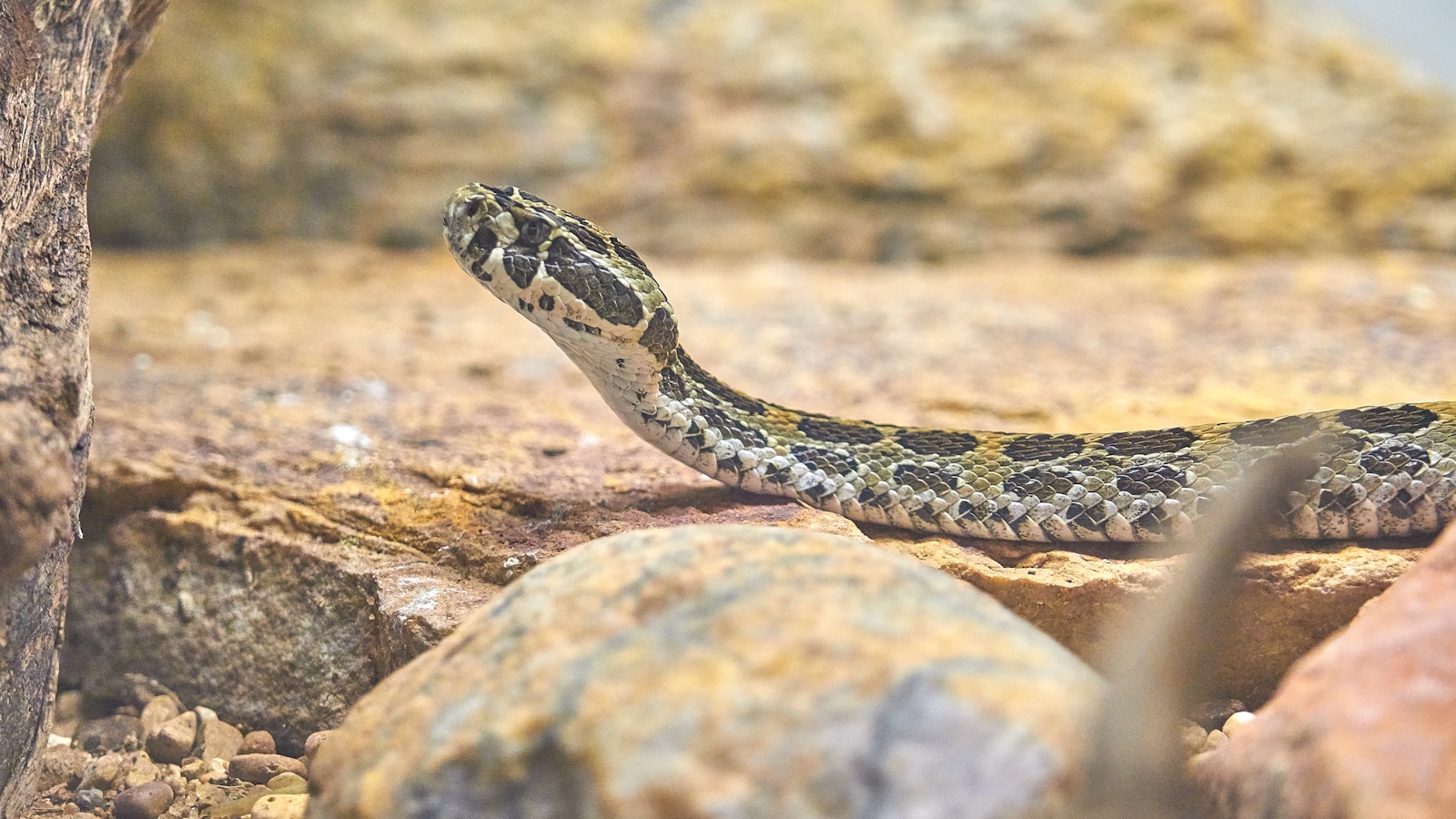
Reproduction represents one of the most temperature-sensitive aspects of snake biology, creating distinctive movement patterns specifically tied to thermal requirements. Female snakes, particularly gravid (pregnant) individuals, often exhibit precise thermoregulatory behaviors to maintain optimal developmental temperatures for their embryos. These specialized movements may include increased basking behavior, selection of consistently warm microhabitats, or in some species, migration to communal birthing sites with ideal thermal properties. Research tracking gravid timber rattlesnakes has documented how females will select exposed rocky outcrops that maintain higher average temperatures than their typical habitat, remaining in these specialized “gestational sanctuaries” until giving birth. The temperature-reproduction relationship extends to males as well, as sperm production and mating behavior occur only within specific temperature ranges, creating seasonal movement patterns timed to thermal conditions that support reproductive success.
Nocturnal Adaptations and Thermal Planning
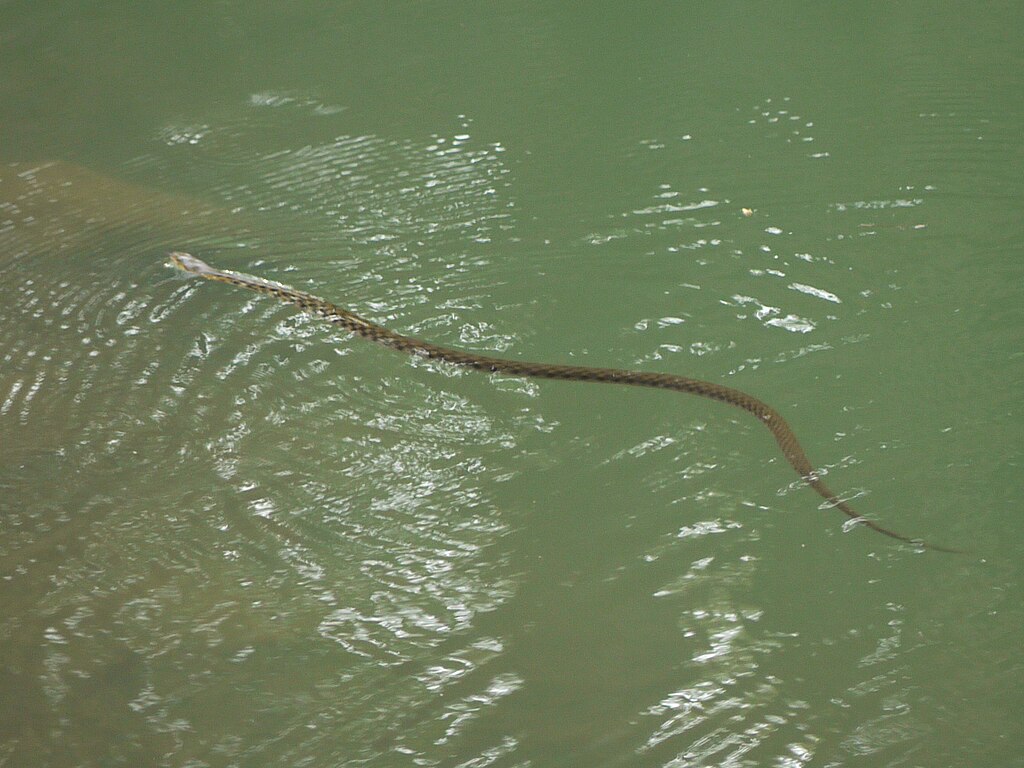
Nocturnal snake species face unique thermoregulatory challenges that have led to specialized movement strategies based on heat retention and strategic timing. These species capitalize on residual heat stored in structures like rocks and roadways, which absorb solar radiation during the day and slowly release it throughout the night. Rattlesnakes and many other pit vipers demonstrate remarkable thermal planning by positioning themselves near these heat-retaining features during evening transitions, effectively extending their activity period through careful microhabitat selection. Some desert-dwelling nocturnal species take this adaptation further by hunting only on warm nights when their body temperature can remain within functional ranges, avoiding activity entirely during cooler periods. Research using thermal imaging has revealed how nocturnal snakes follow specific movement corridors that maximize contact with warm surfaces, creating seemingly meandering paths that actually represent highly optimized thermal routes through the landscape.
Temperature Thresholds and Emergency Responses

Snakes have evolved precise behavioral responses to temperature extremes that trigger emergency movement patterns when thermal conditions become life-threatening. These threshold temperatures—both upper and lower—serve as non-negotiable boundaries that prompt immediate action regardless of other factors like feeding opportunities or predator risk. When approaching their critical thermal maximum (typically around 104-108°F or 40-42°C for many species), snakes will abandon all other activities and move rapidly toward cooler refuges, even if this means crossing open, exposed terrain they would normally avoid. Similarly, as temperatures approach freezing, most snake species initiate urgent movement toward hibernacula or other protected locations that buffer against potentially fatal cold exposure. These emergency responses represent some of the most straightforward examples of temperature-driven movement, where thermal considerations override virtually all other behavioral priorities.
Urban Heat Islands and Changing Snake Behavior

Human-altered environments present novel thermal landscapes that are reshaping snake movement patterns in unexpected ways. Urban heat islands—areas where human development creates significantly warmer microclimates than surrounding natural habitats—have been documented to influence snake behavior by extending activity periods and altering traditional movement corridors. Research tracking rattlesnakes in suburban environments has shown that individuals sometimes exploit man-made structures like concrete foundations and asphalt roads as thermal resources, particularly during shoulder seasons when natural habitats may be too cool for optimal functioning. This temperature-driven attraction to human infrastructure creates new patterns of snake movement that can increase human-snake encounters, particularly during evening hours when roads retain heat after sunset. As climate change intensifies urban heat island effects, these altered movement patterns may become increasingly pronounced, representing an emerging area of study in snake behavioral ecology.
Climate Change Impacts on Snake Movements
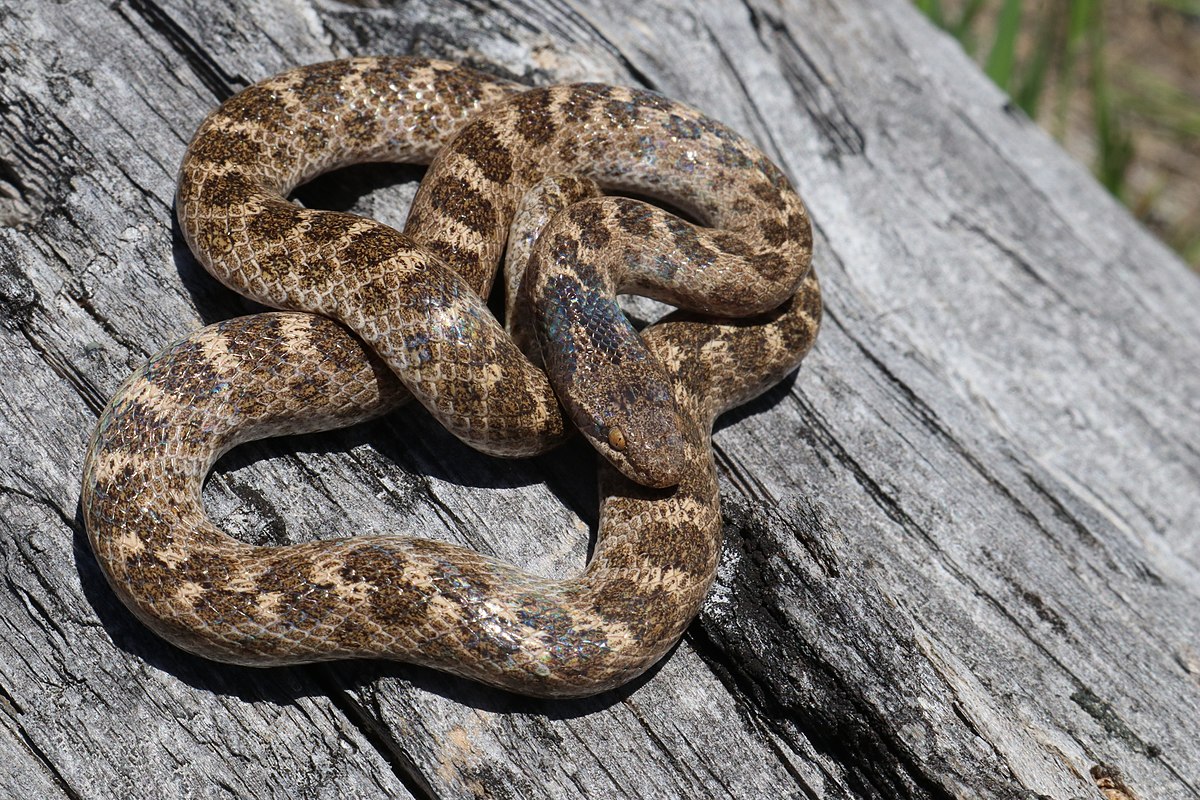
Rising global temperatures are fundamentally altering how snakes use their habitats, creating shifts in movement patterns that may have far-reaching ecological consequences. Many snake species are responding to warming conditions by adjusting their daily activity windows, often becoming more crepuscular (active at dawn and dusk) to avoid daytime heat stress, particularly in regions experiencing the most dramatic temperature increases. Long-term studies of snake populations have documented geographical shifts as well, with some species gradually extending their ranges northward or to higher elevations in search of suitable thermal environments. Perhaps most concerning are changes to hibernation patterns, with warmer winters disrupting the timing of spring emergence and potentially creating mismatches between snake activity and prey availability. As climate change accelerates, the ability of snakes to modify their movement patterns in response to thermal conditions will likely become a critical factor determining which species thrive and which struggle to adapt to rapidly transforming habitats.
Conclusion
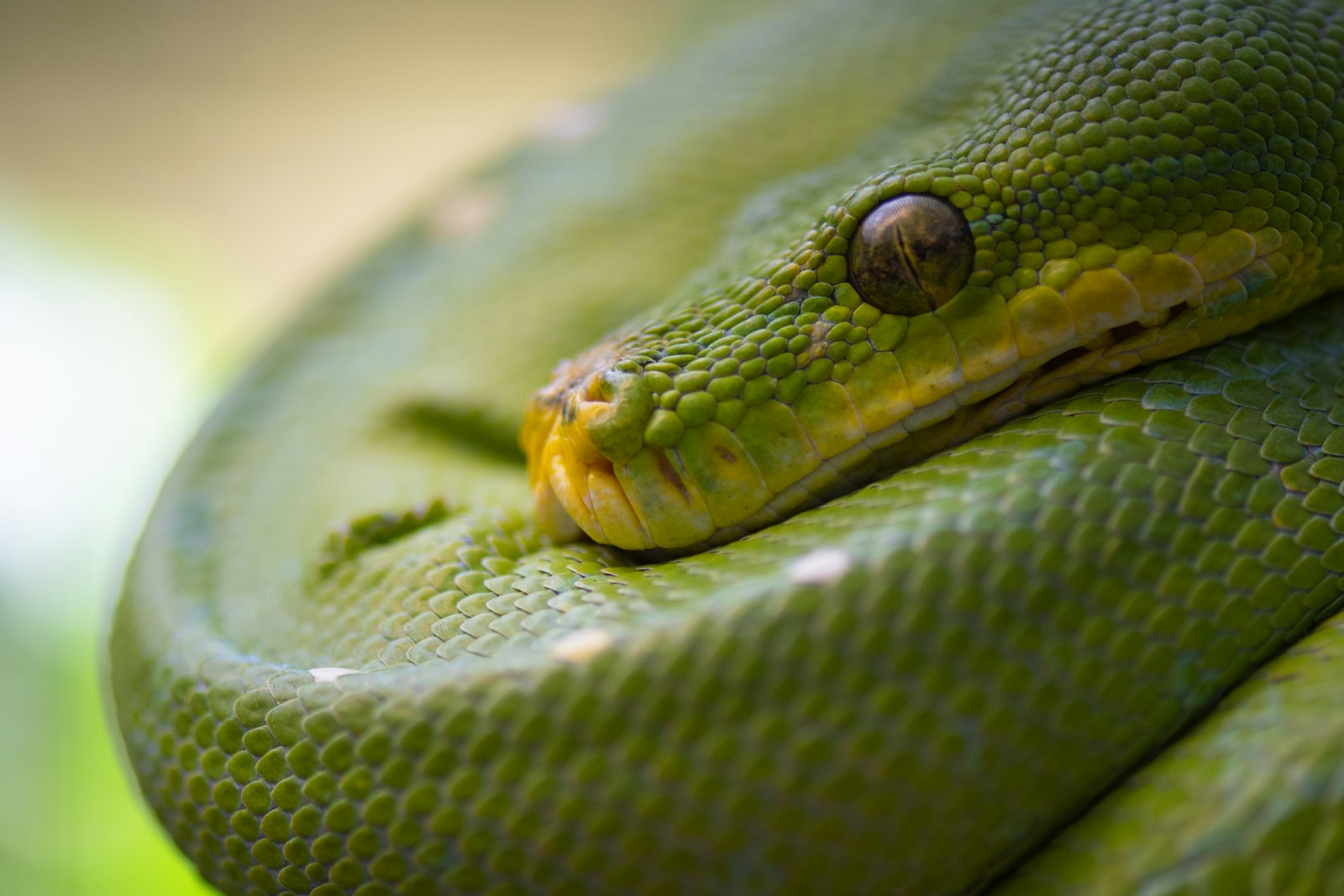
The intricate relationship between snake body temperature and movement patterns reveals the remarkable adaptability of these reptiles. From daily shuttling behaviors to seasonal migrations, snakes have evolved sophisticated strategies to maintain optimal body temperatures across diverse and challenging environments. These temperature-driven movements are not merely reactions to environmental conditions but represent complex decision-making processes that balance thermal needs against other survival priorities like predator avoidance and food acquisition. As changing climate patterns continue to alter thermal landscapes worldwide, understanding how snakes use body temperature to plan their movements becomes increasingly important for conservation efforts and human-wildlife coexistence. The thermal biology of snakes not only demonstrates the fascinating ways that evolution has solved the challenges of ectothermy but also provides a window into how flexible behavioral adaptations allow species to thrive in a world defined by temperature.

